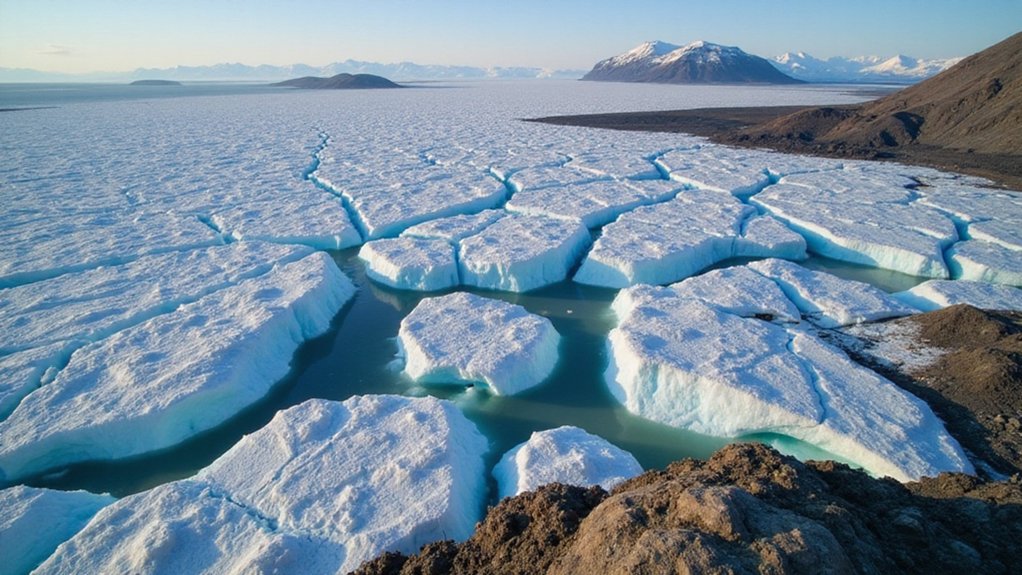2024 has shattered climate records with global temperatures exceeding 1.5°C above pre-industrial levels for most of the year. Ocean temperatures hit new highs, accelerating ice melt and causing coral bleaching. Extreme weather events have increased, with communities facing more dangerous heat days, powerful hurricanes, and devastating floods. Scientists warn that greenhouse gas concentrations continue to rise despite international agreements. The evidence points to a planet approaching critical tipping points.
How did Earth manage to break nearly every temperature record in a single year? Scientists are alarmed by 2024’s unprecedented warmth, which has surpassed all measurements since reliable records began in 1850. Global temperatures exceeded 1.5°C above pre-industrial levels for three-quarters of the year, a threshold that climate experts have long warned about.
The evidence is clear: every month in 2024 ranked among the four warmest on record for those respective months. This isn’t just a single outlier year – it’s part of a pattern. The decade from 2015 to 2024 includes all ten of the warmest years in recorded history.
The pattern is undeniable—we’re witnessing not an anomaly, but a decade-long march toward an increasingly warmer planet.
Ocean temperatures also hit record highs in 2024, absorbing extra heat and causing widespread coral bleaching. At the same time, polar ice caps and glaciers melted faster than ever, raising concerns about accelerating sea level rise. The Atlantic Ocean’s circulation patterns now approach dangerous tipping points that could drastically alter weather globally. The ice-albedo effect has significantly worsened the situation, as the loss of reflective ice surfaces accelerates warming in a devastating feedback loop.
The real-world impacts have been severe. People worldwide faced 41 additional days of dangerous heat in 2024. Heatwaves, droughts, and wildfires intensified across continents. More powerful Atlantic hurricanes formed over warmer waters, while extreme flooding events increased globally, leaving communities devastated.
Food and water security have become critical issues in regions facing these weather extremes. Ecosystems are under unprecedented stress, with forests dying off and biodiversity declining rapidly. The human toll continues to rise, with heat-related illnesses and deaths increasing, especially among vulnerable populations. On July 22, 2024, the planet reached a record high temperature of 17.16°C, marking an alarming peak in the year’s extreme warmth.
Greenhouse gas concentrations reached new highs, locking in future warming despite international agreements to reduce emissions. The 2024 warming spike shows how human activities like burning fossil fuels and deforestation combine with natural factors like reduced cloud cover to create a dangerous situation. Fluorinated gases from industrial processes contribute disproportionately to this warming, with some having warming effects thousands of times greater than CO2.
As the world witnessed this unfolding crisis, calls for more aggressive climate action intensified. However, many nations still lag behind in meeting their Paris Agreement commitments, leaving Earth on an increasingly perilous path.









